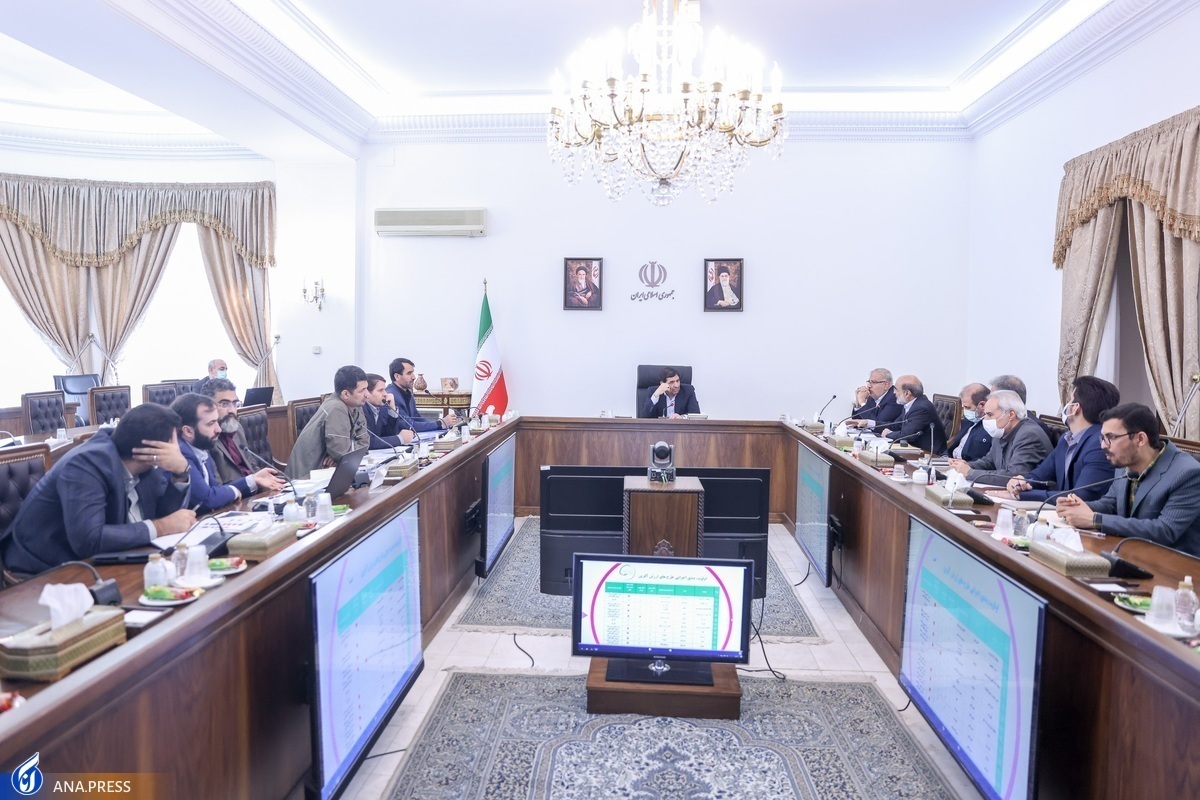Iranian Petrochemical Company Launches Polypropylene Unit

The unit which has been launched with $20 million of investment is expected to boost the TPC’s share in the global polymer market.
CEO of the TPC Siavash Derafshi said that he expected fruitful days in the new polypropylene unit, noting that existence of all the ups and downs will increase the power of TPC in the world of polymer competition, and the launch of the polypropylene unit will result in product variety and an increase in customers for sure.
“The high value-added resulting from the conversion of propylene to polypropylene and the presence of excess propylene feedstock in the complex prompted TPC to develop a project with a capacity of 30,000 tons of polypropylene per year in 2018. The company then signed an EP+C contract with two Chinese companies for detailed basic engineering and procurement,” he added.
“The polypropylene production process in this unit is batch bulk polymerization and its product is polypropylene powder of homopolymer type and grades with application in injection, cable coating, pipes and fibers,” Derafshi said.
He described advantages of this technology as lower investment, flexible operation, and lower feedstock quality requirements.
Polypropylene (PP) is a thermoplastic ‘addition polymer’ made from the combination of propylene monomers. It is used in a variety of applications to include packaging for consumer products, plastic parts for various industries including the automotive industry, special devices like living hinges, and textiles.
The major end users of polypropylene are the packaging industry, which consumes about 30% of the total, followed by the electrical and equipment manufacturing, which uses about 13% each. Household appliances and automotive industries both consume 10% each and construction materials follows with 5% of the market.
Other applications together make up the rest of the global polypropylene consumption.
4155/v
























